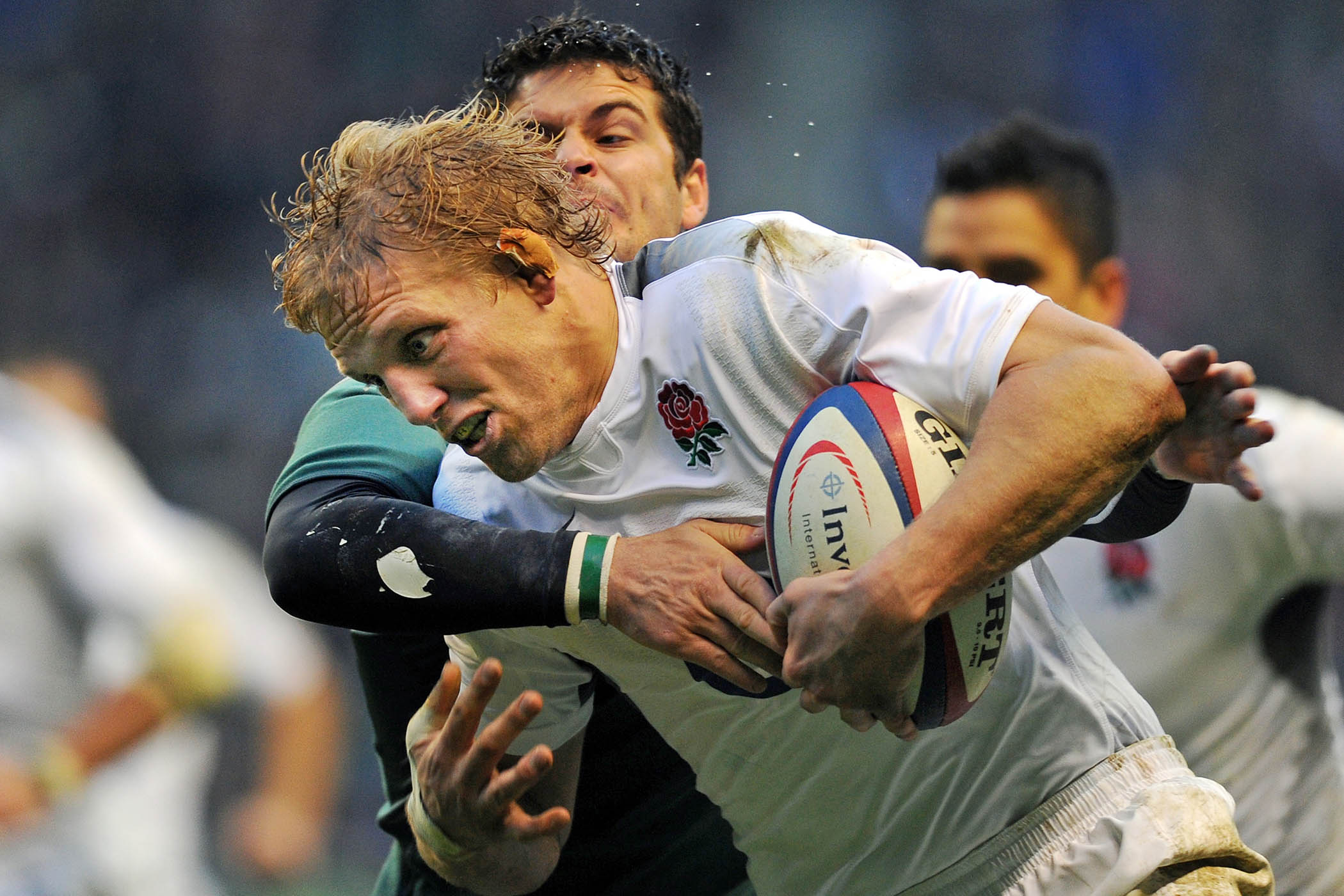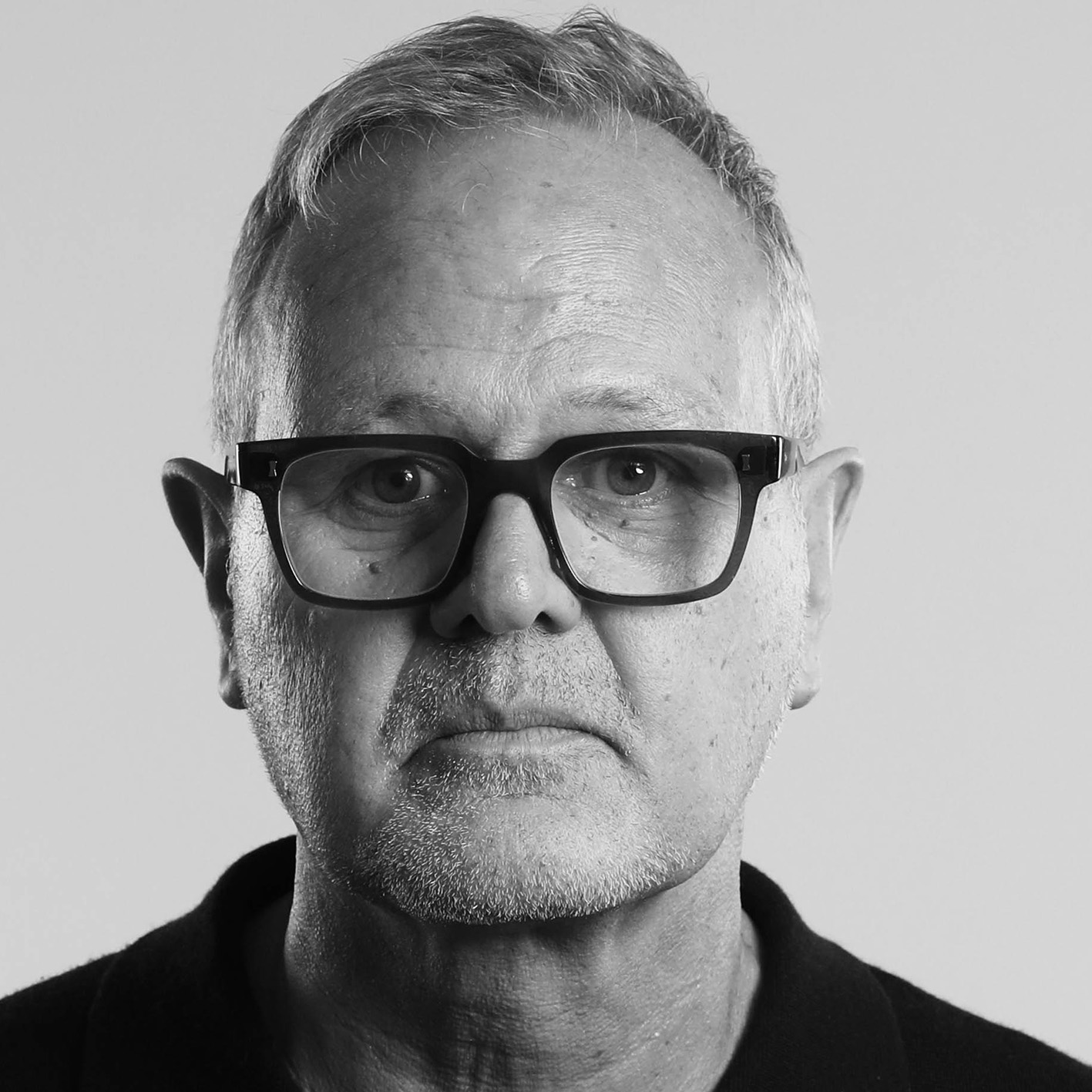Storm Amy struck as Kevin Sinfield was in the middle of a three-day block of ultra-marathon training, but he ran right through the gales with renewed purpose.
Sinfield, the rugby league legend and motor neurone disease fundraiser, was processing the news that Lewis Moody, the former England rugby union captain, had been diagnosed with MND at 47. Sinfield’s friend and Leeds Rhinos teammate Rob Burrow died from the same neurological disease last year aged 41.
The news of Moody’s diagnosis on Monday propelled Sinfield through last week’s storms. “The inspiration, the drive, the extra kick up the backside when you receive that news – the difference it makes to the running, it’s just so powerful,” he says. “It’s important that we represent the MND community in the best possible way – which is to fight.”
In December, Sinfield will begin his sixth consecutive extreme running challenge, with more than £10m raised so far for MND care and research.
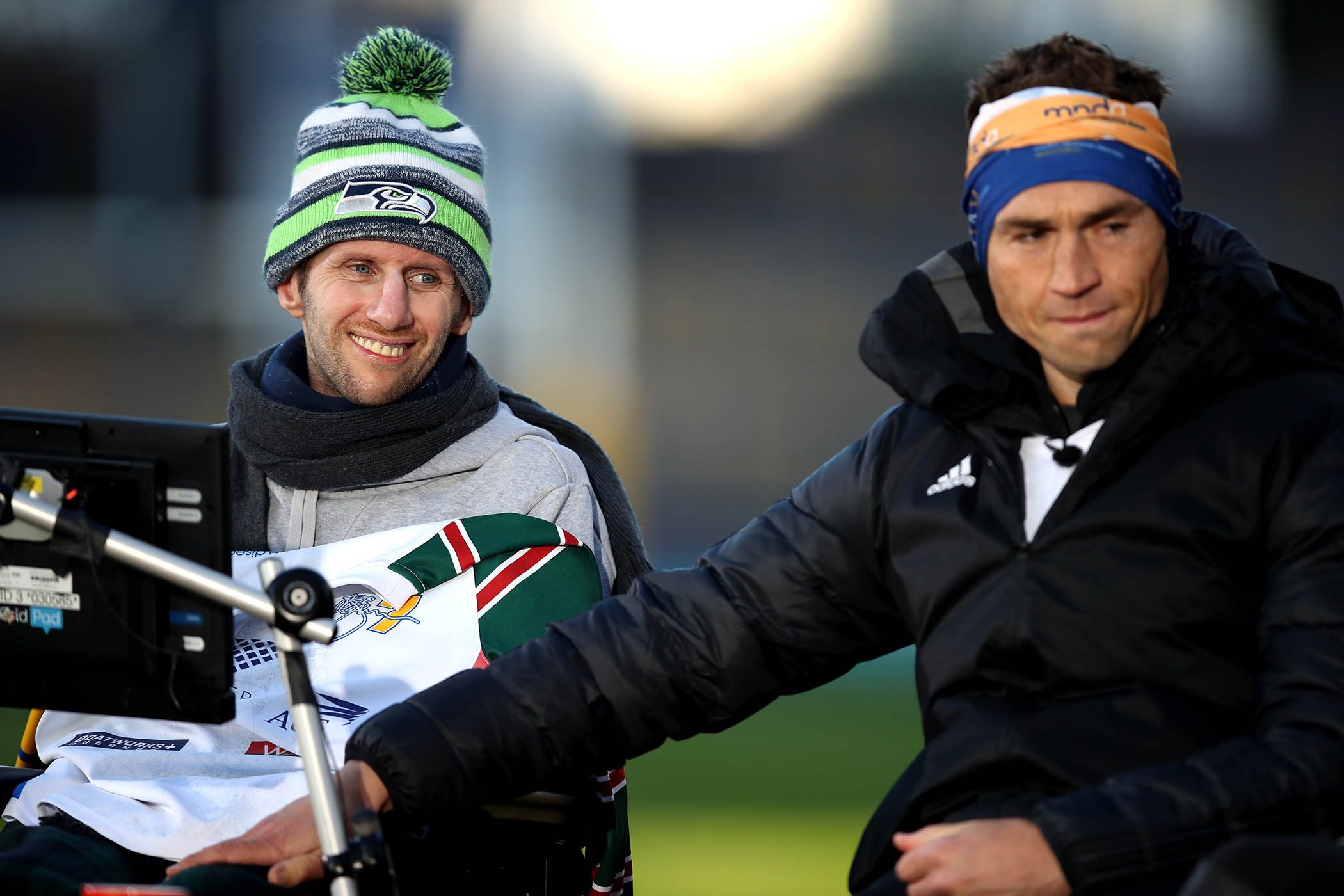
Kevin Sinfield with former teammate Rob Burrow after completing his Extra Mile Challenge at Emerald Headingley Stadium on 23 November 2021.
MND is a savage affliction that occurs when messages sent from the brain down the body’s motor neurones stop reaching the muscles, which can weaken, stiffen and waste, with dire consequences for speech, eating, drinking, swallowing and breathing. It claims six lives a day in the UK.
Moody’s announcement sent sport into a week of pained introspection. He follows Burrow, Scotland’s Doddie Weir (who died in November 2022) and Gloucester’s Ed Slater on to the list of recent MND cases from both rugby codes.
In football, Marcus Stewart and Stephen Darby are living with MND, which recently took the life of the former England fast bowler David “Syd” Lawrence. In Sweden, a study found that some elite cross-country skiers who trained intensively over several years carried a higher risk.
But the stakes are highest in rugby because of the rash of diagnoses among high-profile names and separate concern over head injuries. No clear evidence has been found to show that blows to the head or body directly cause MND, but some studies have claimed that playing rugby raises the risk. One expert says “there is correlation but not causation” in the medical evidence.
Much of the current research is focused on pre-existing genetic susceptibility, which many experts think can be triggered by sustained high-intensity exercise.
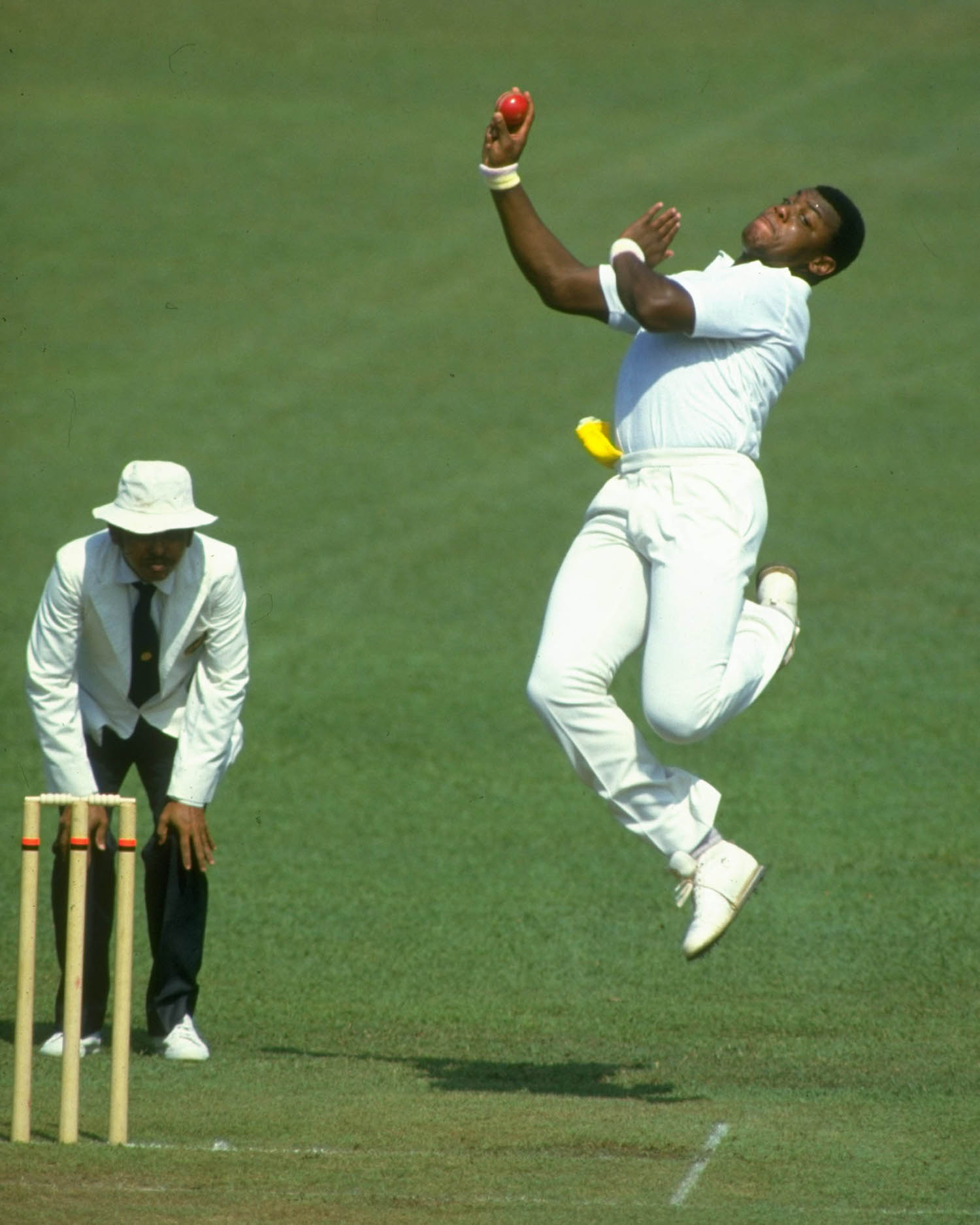
David ‘Syd’ Lawrence bowls against Sri Lanka in 1986.
Professor Dame Pamela Shaw, a world-leading MND researcher at the University of Sheffield, says: “We published a paper in the journal Brain recently which confirms that strenuous activity in males [with a genetic predisposition] does seem to be a factor.
“We didn’t find it in females, partly because in the UK Biobank there were fewer women who did those higher levels of strenuous physical activity. I have seen women – champion swimmers, old ladies who still walk their dogs for six hours a day. So I think it may be there in women [in sport], but not to the same extent as men.”
So far, women are conspicuous by their absence on the list of recent high-profile cases among athletes. “There’s been a real upsurge in women playing football, cricket and rugby, which didn’t used to be there. There’s some evidence that oestrogens may be protective. There are, emerging from our work, gender differences, but we don’t fully understand them yet.”
Shaw adds: “Most athletes don’t develop MND but you don’t have to look far to find those who do. Clearly there’s a genetic susceptibility and if you have that genetic susceptibility but lead a sedentary lifestyle you’re probably OK. But if you have it and you’re a professional footballer or rugby player, the two things may combine to injure the motor neurones.”
‘To find a cure would be fitting for Rob’s legacy, for Doddie, for Syd Lawrence – for those we’ve lost who haven’t had the profile.’
Kevin Sinfield, fundraiser and rugby union coach
American military veterans have become one unexpected source of data. “They have 6,000 individuals who have had full genetic screening done, and the military have a four-fold risk of developing MND. I’m sure again that’s because of the strain of their professional training. A cohort like that will really enable us to dig down into what the genetics are.”
Researchers are emphasising, though, that normal exercise remains advisable and healthy. “We don’t want to scare people,” says Shaw. “The purpose is to try to understand the biology so people can make their choices. Maybe preventative strategies can come in, so if, you know, you’ve got a genetic risk factor and you’re mustard keen to be a professional footballer, maybe you can take a cocktail of antioxidants before each match or do something to protect your motor system.”
The causes of neurological disease are among the most stubborn mysteries of modern medicine. Increasingly in recent months, researchers have expressed confidence that the next 10 years will yield an answer. Fruit flies are being used in successful experiments and 600 people with MND in the UK Biobank have provided valuable genetic and exercise data.
Jessica Lee, director of research at the Doddie Weir foundation, My Name’5 Doddie, which has raised £19.5m for research, says: “Realistically a cure will be early diagnosis probably combined with a cocktail of treatments. The aim ultimately is to stop or reverse MND.”
The drug Tofersen is an effective genetic therapy for people who have a particular mutation but works for only 2% of the MND population. There is a clamour from patients and clinicians for the National Institute for Health and Care Excellence (Nice) to approve the drug for NHS use.
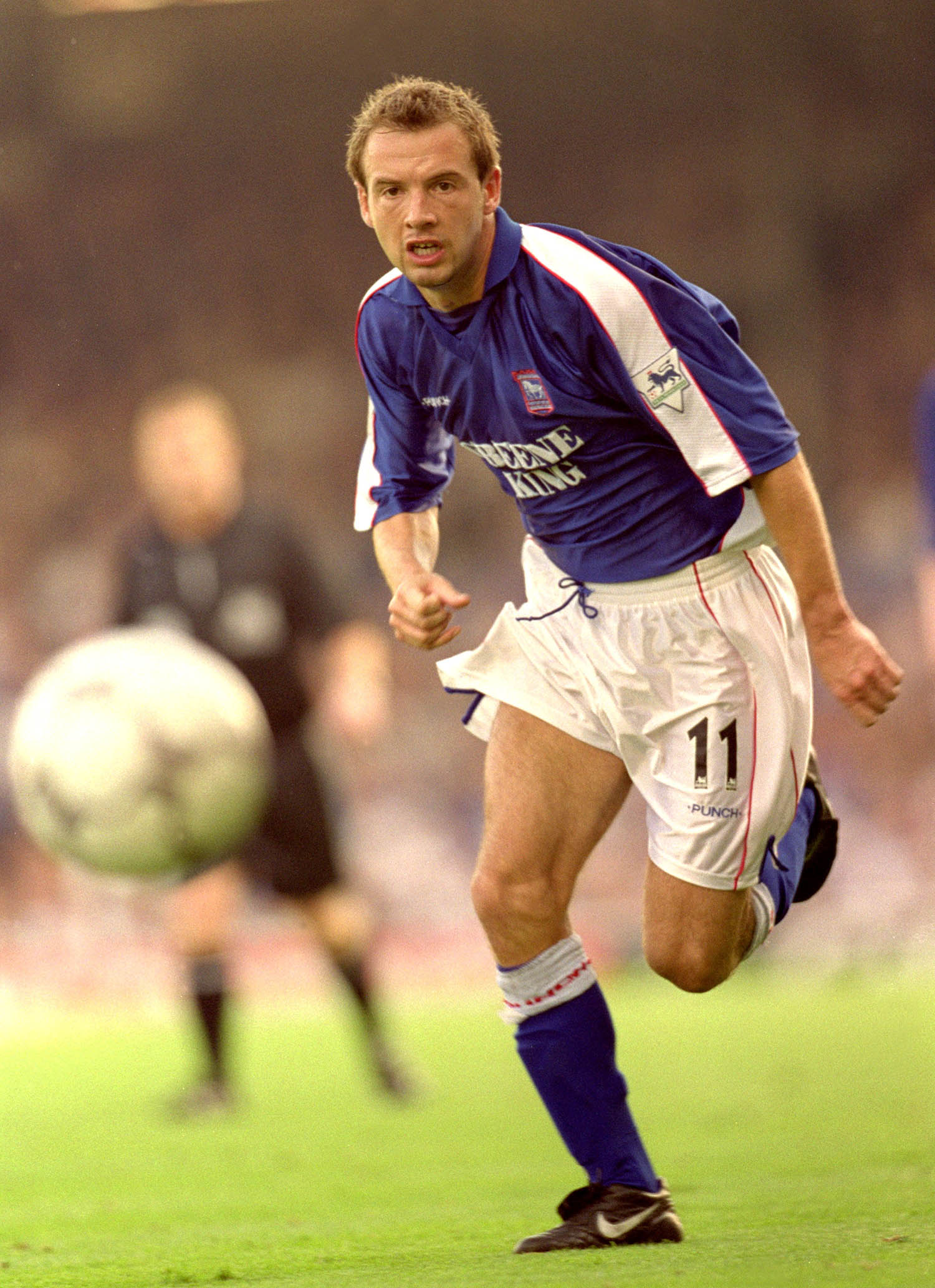
Marcus Stewart playing for Ipswich Town in 2000.
Governments too are under pressure to do more. In 2021 the Conservative administration yielded to demands from the campaign United to End MND and pledged £50m for research.
Lee says: “In the end technically that £50m was delivered. But it was not delivered in the way we envisaged. We had a vision for a £50m research institute, a holistic funding model. What they did instead was put labels on pre-existing money that already existed through their various different grant schemes.
“While some really exciting programmes were set up from it, what we didn’t get was that government buy-in to a new way of doing MND research.”
At the same time, hope is rising that extra funding for research will crack the code.
“I’m really optimistic because the funding generated over the last four or five years dwarfs anything that the MND community and the research teams have ever seen,” Sinfield says.
“That gives me some hope. I do caveat that with – it’s a really complex disease, and there are lots of different strains, a lot like cancer in many ways.
“To find a cure would be fitting for Rob’s legacy, for Doddie, for Syd Lawrence – for those we’ve lost who haven’t had the profile.”
In the meantime, he says, the task is to make sure “everybody’s important, everybody’s loved, everybody’s cared for.”
Photographs by Adrian Dennis/AFP via Getty Images, George Wood/Getty Images, Allsport, Phil Cole /Allsport
